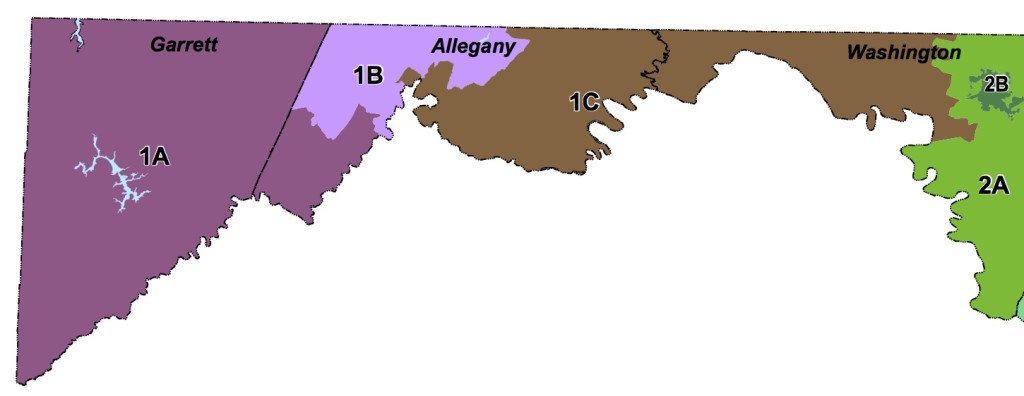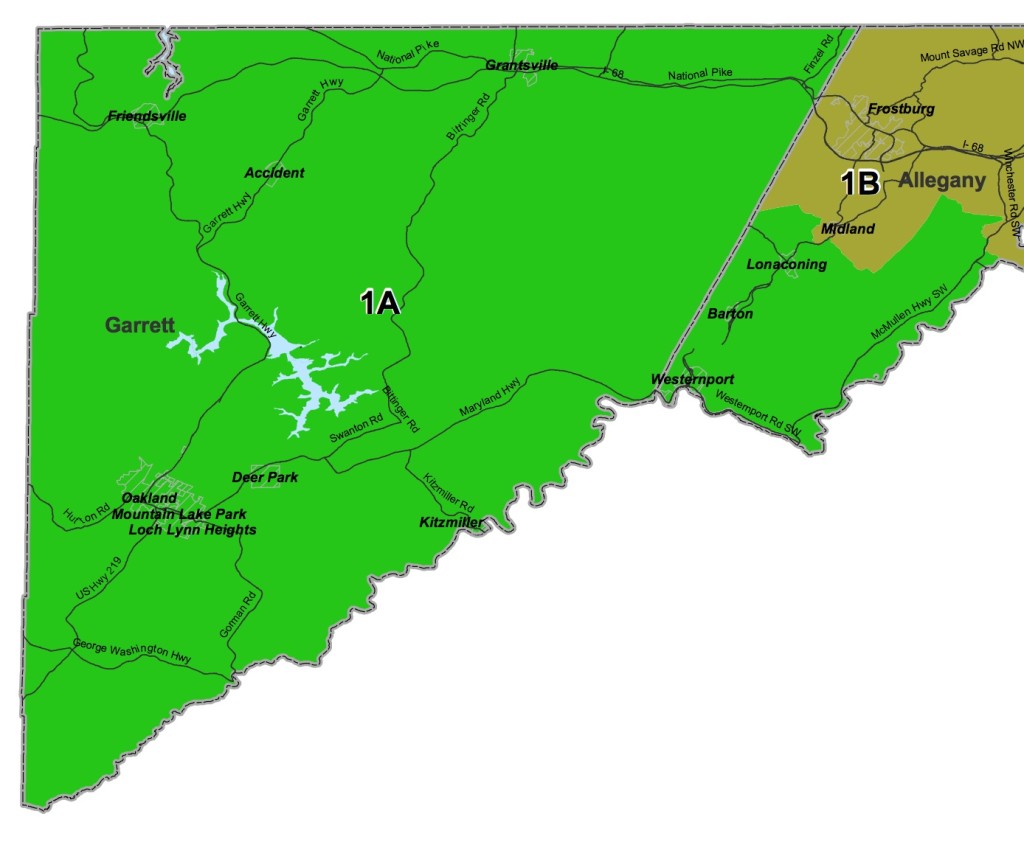This is the third in a series about the issue positions of candidates in District 1 based on the debate hosted by Friends of White Flint. Today’s topic: what do the candidates think about the Montgomery County Department of Liquor Control’s alcohol monopoly?
Time to Get Off the Sauce: Candidates for Privatization
Bringing levity to the debate on several occasions, Pete Fosselman started by bluntly stating “I like my liquor” to laughter from the crowd. He proposes letting the county retain control of hard liquor but privatizing the sale of beer and wine, arguing that the change would boost in Montgomery restaurants. As an industry that makes most of their money on alcohol sales, they watch this aspect of the business carefully.
Andrew Friedson spoke passionately in favor of privatization. Fighting back against those concerned about the loss of revenue generated by the monopoly, Friedson stated “I believe government should be judged on how well it serves people, not how well it makes money.” Moreover, he argued that the monopoly costs Montgomery revenue, as it is hard to explain why alcohol sales are 41% lower here than elsewhere in the region unless you think Montgomery has “a secret temperance movement.”
Meredith Wellington agreed with Friedson, saying thoughtfully that the monopoly is a symptom of the county’s problematic approach. Arguing that government can’t do everything, Wellington said that we want entrepreneurial people in the county and need to work with them to help us market the county to businesses.
Though concerned about losing the union jobs, Reggie Oldak also thinks the county should not be in the liquor business, pointing out that $30 million is not much in a $5.5 billion budget. She shouldn’t worry so much. Private liquor distributors are also unionized. Why should the county should favor jobs with one union over another?
They Tried to Make Me Go to Rehab, I Said No, No, No: Candidates against Privatization
Bill Cook believes that privatizing the liquor industry would be a huge loss for the county because we’d lose $30 million and those “great paying union jobs.” Taking perhaps an unusual tack, he then proceeded to attack of his own potential constituents, Total Wine Co-Owner David Trone, who lives and has located the headquarters of his business in District 1.
Stating that there is “nothing wrong” with the county selling liquor and endorsed by UFCW 1994 MCGEO, Ana Sol Gutiérrez favors modernization, not privatization. She says that “significant steps have been taken” in terms of improvements. I wonder if she also thinks Metro escalators rarely break down. Gutiérrez likes that we can take on new debt by bonding the revenue stream. In other words, the county is fiscally hooked on alcohol.
Jim McGee opposes privatization but favors modernization. Unfortunately, that has been promised for years but is much like waiting for Godot. They say that it’s coming. But when is it coming? At the same time, McGee thinks it is too hard for microbreweries to distribute their product.





